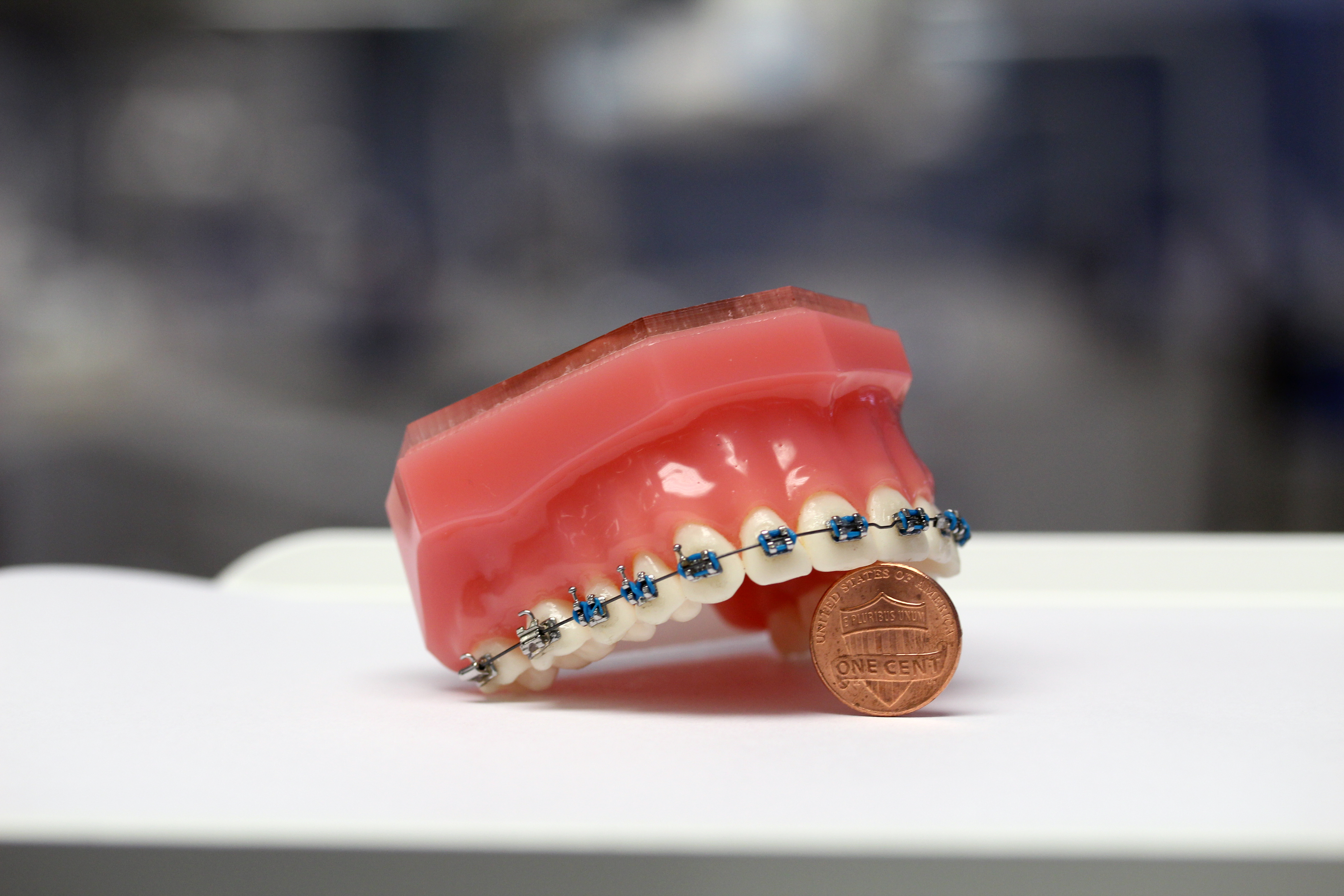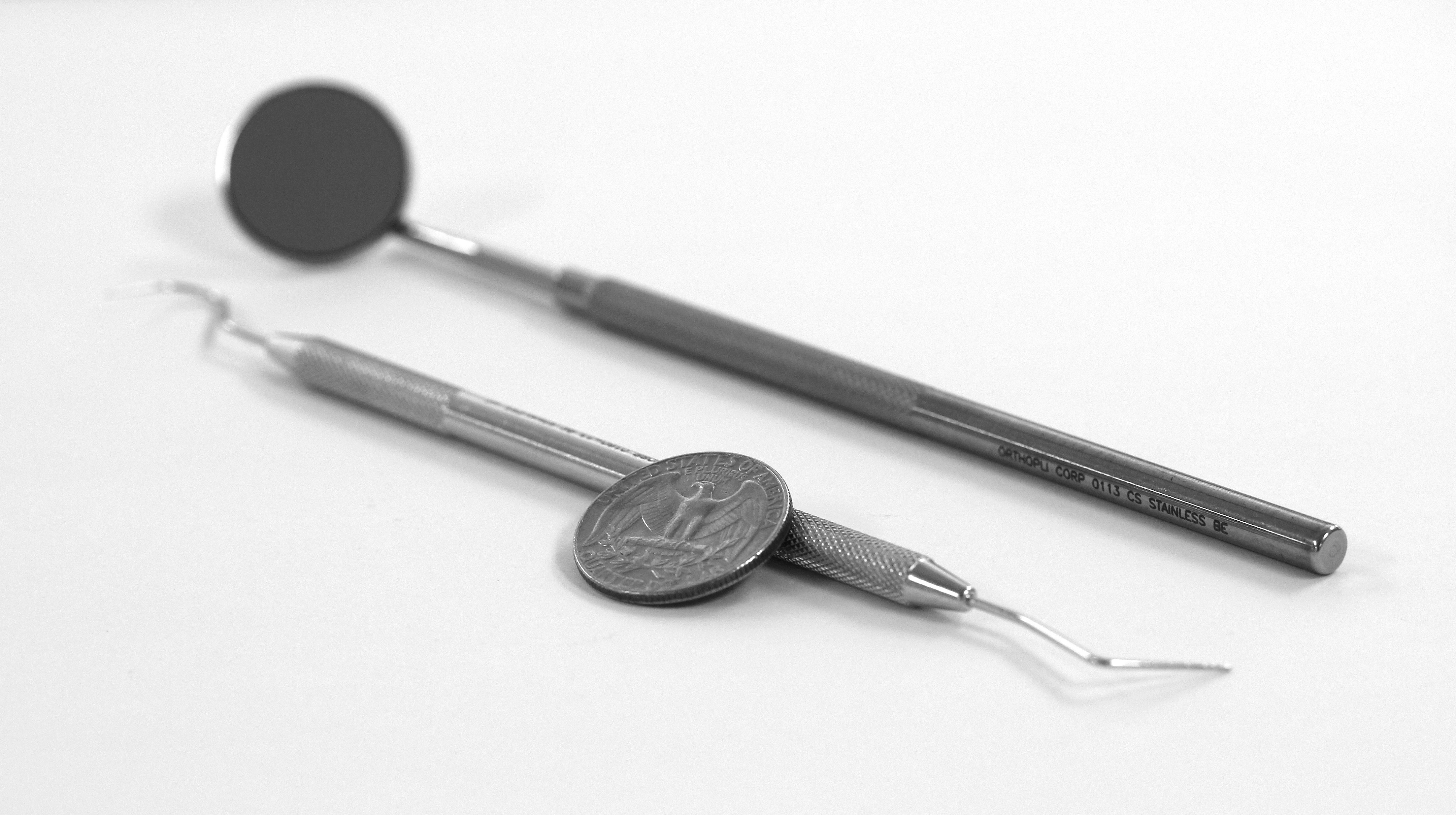Whether to apply for 4 Year or 6 Year OMFS programs is perhaps the biggest question facing would-be oral surgeons. Previously we looked at the major differences between the two types of programs. Often times, applicants automatically place the dual-degree residency above the shorter residency without thinking through the real economic costs. From a financial perspective, 4 Year and 6 Year OMFS residencies could not be more different.
One of the biggest questions facing aspiring oral surgeons is whether to apply for 4 Year or 6 Year OMFS programs. While strategies may exist from an application perspective, there are some significant differences between the two. From a financial perspective, 4 Year and 6 Year OMFS residencies could not be more disparate. Before we dive into the finances, let’s review some of the key differences in the classic 4 Year vs. 6 Year OMFS residency match-up.
Everyone knows that medical residencies pay their residents a stipend. Sure, it’s not a glamorous amount given the eight plus years of post-secondary education. But don’t forget that an average medical resident salary of $56,500 is approximately that of the average American household income. The vast majority of dental residencies, however, charge exorbitant tuition. And from the way things are going, it looks like this won’t be changing anytime soon.
Something that I’ve thought about and been asked countless times by my working friends, friends in other professional schools, and other well-intentioned folks is why dental school is so darn expensive. The leading question, however, is how much it really costs.
I’m a current dental resident with a mission. A mission to help others navigate their way through the financial challenges and rewards of dentistry. Tuition, loans, investments, retirement, you name it. I hope you enjoy reading and learning with me on this journey.



